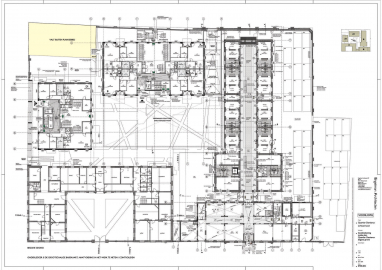Jail House Hotel
Redevelopment and transformation of a historic prison building (originally built around 1850) into a luxury hotel
Originally built around 1850, the Arresthuis prison building underwent various renovations and expansions until the end of the 20th century. This monumental former prison complex extends over almost an entire city block in the historic centre of Roermond. When the prison facilities moved away from the historic complex and left the city centre of Roermond, the buildings were left unoccupied. The lack of occupancy created an opportunity for urban redevelopment in this part of the city
The main idea was to retain the original historic buildings dating from 1850 and to pull down the rest in order to make spac for new buildings.
Using only a minimum of resources, the cell block area was transformed into a hotel, whereby three cells were linked together to create a single hotel room. One cell was transformed into a bedroom, a second into a sitting area, and a third into a bathroom.
The building has retained its original character as an accommodation, and the ambience of the former prison complex is sti evident due to the integration and restoration of elements such as cell doors, prison bars, cast iron stairways and landings. The spaghetti-like network of pipes and installations which covered the walls of the building in previous decades has been completely removed and replaced down to even the smallest details, so that none of it is still visible.
The scale and relative dimensions of the new apartment blocks are quite sober, in line with the simplicity of the overall prison complex design. The quiet beauty of traditional crafted masonry was used to maintain a link with the past.
The closed-in character of a prison with walls has been retained. However, the creation of a new inner courtyard, where old and new come together, gives the entire complex a semi-open character, so that it has again become a vibrant and integral part of the city as a whole.
The building complex has been given a new and sustainable functionality that should last for another century of use. Without negatively impacting the thousand-year-old historic pattern of the city, the city block and street fac?ades have been filled in via the construction of two new apartment blocks and a new gate.

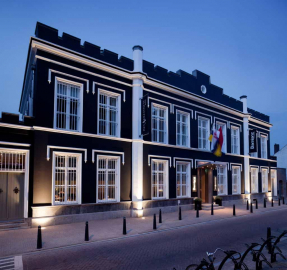
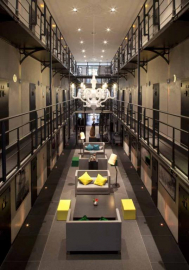
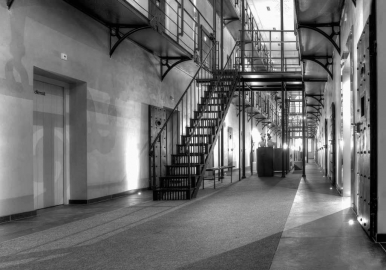
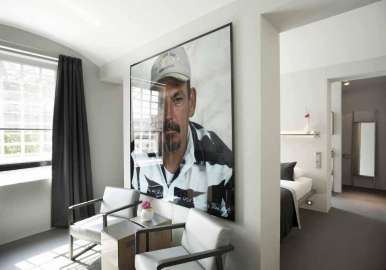
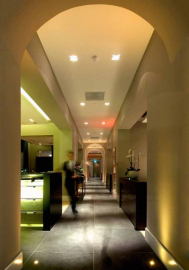
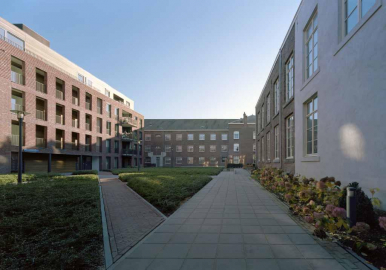
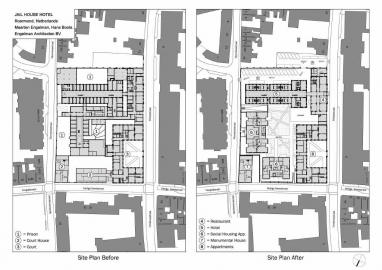
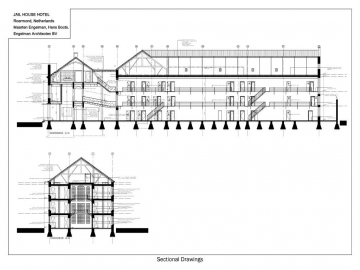
 copy.jpg)
